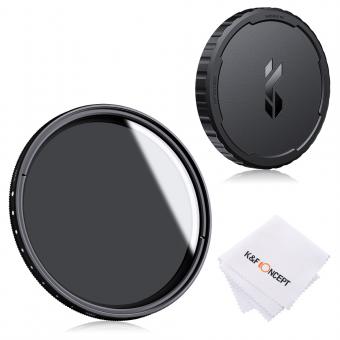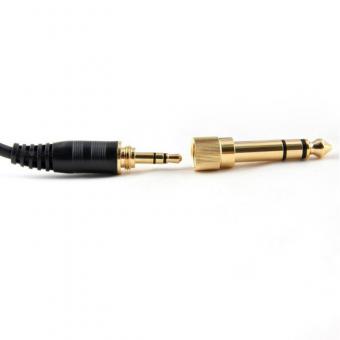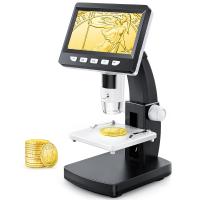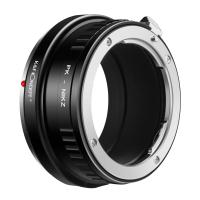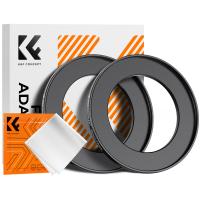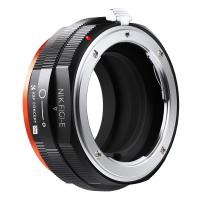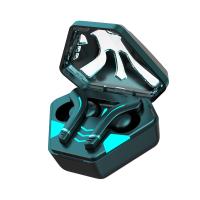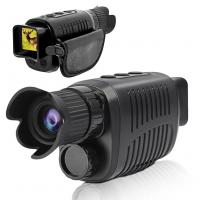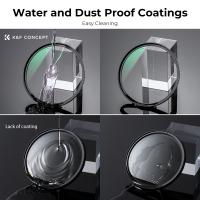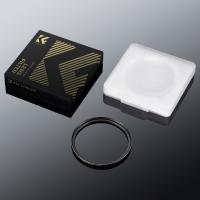What Is The Use Of Nd Filter ?
An ND filter, or neutral density filter, is a type of camera filter that reduces the amount of light entering the lens without affecting the color or hue of the image. ND filters are commonly used in photography and videography to achieve certain creative effects, such as blurring motion or creating shallow depth of field in bright lighting conditions. They can also be used to reduce the amount of light entering the lens when shooting long exposures, such as during landscape photography or astrophotography. ND filters come in different strengths, measured in stops, which determine the amount of light reduction they provide. Stronger ND filters are used in brighter lighting conditions, while weaker ND filters are used in lower light situations.
1、 Light Reduction
The use of ND filters, or Neutral Density filters, is primarily for light reduction. These filters are designed to reduce the amount of light that enters the camera lens without affecting the color or hue of the image. This is particularly useful in situations where the available light is too bright, such as when shooting in bright sunlight or when using a slow shutter speed to capture motion blur.
ND filters come in different strengths, measured in stops, which indicate the amount of light reduction they provide. For example, a 2-stop ND filter reduces the amount of light entering the lens by two stops, while a 10-stop ND filter reduces it by ten stops. This allows photographers to choose the appropriate filter strength for the lighting conditions they are shooting in.
In addition to light reduction, ND filters can also be used to achieve creative effects in photography. For example, a long exposure shot of a waterfall can create a smooth, silky effect on the water, while a shallow depth of field shot of a landscape can create a dreamy, ethereal effect.
In recent years, ND filters have become increasingly popular among drone photographers and videographers. The bright sunlight and high altitude of drone photography can make it difficult to capture properly exposed images and videos. ND filters help to reduce the amount of light entering the camera lens, allowing for more balanced and visually appealing shots.
Overall, ND filters are an essential tool for any photographer or videographer looking to control the amount of light entering their camera lens and achieve creative effects in their work.
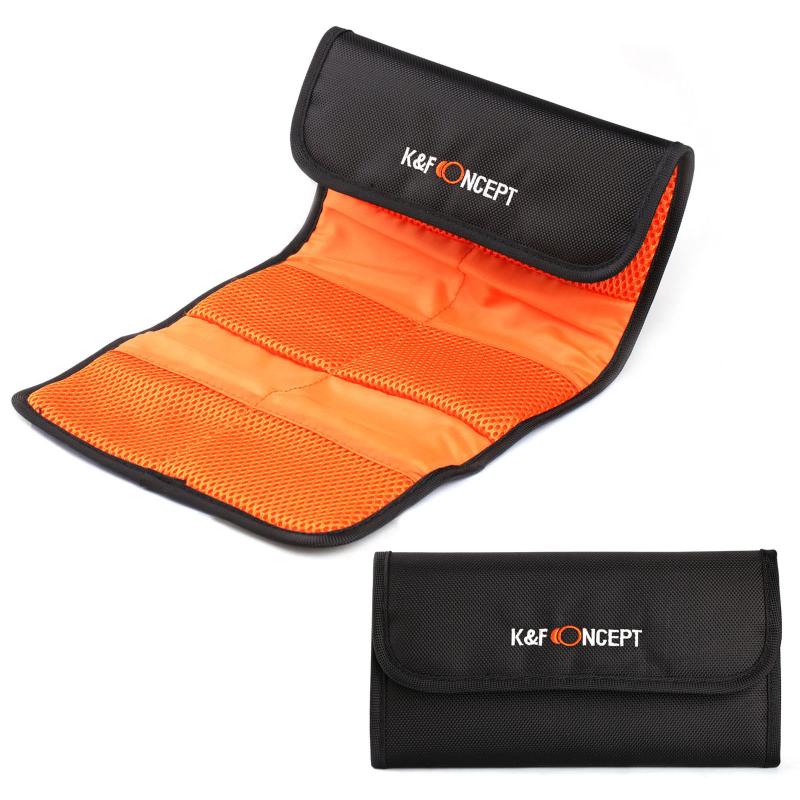
2、 Shallow Depth of Field
What is the use of ND filter? One of the primary uses of ND filters is to achieve a shallow depth of field in bright lighting conditions. When shooting in bright sunlight, the camera's aperture needs to be closed down to prevent overexposure. However, this also results in a deeper depth of field, which may not be desirable for certain types of photography, such as portraits or macro shots. By using an ND filter, photographers can keep the aperture wide open while still maintaining proper exposure, resulting in a shallower depth of field and a more pleasing bokeh effect.
In addition to achieving a shallow depth of field, ND filters can also be used to create long exposure effects, such as blurring waterfalls or creating streaks of light in night photography. They can also be used to reduce the contrast in a scene, allowing for more detail to be captured in both the highlights and shadows.
With the rise of mirrorless cameras and their electronic viewfinders, some photographers argue that ND filters are becoming less necessary. This is because electronic viewfinders allow photographers to preview the exposure and depth of field in real-time, making it easier to adjust settings on the fly. However, ND filters still have their place in certain situations, such as when shooting with a DSLR or when using a neutral density gradient filter to balance the exposure between the sky and foreground in landscape photography.
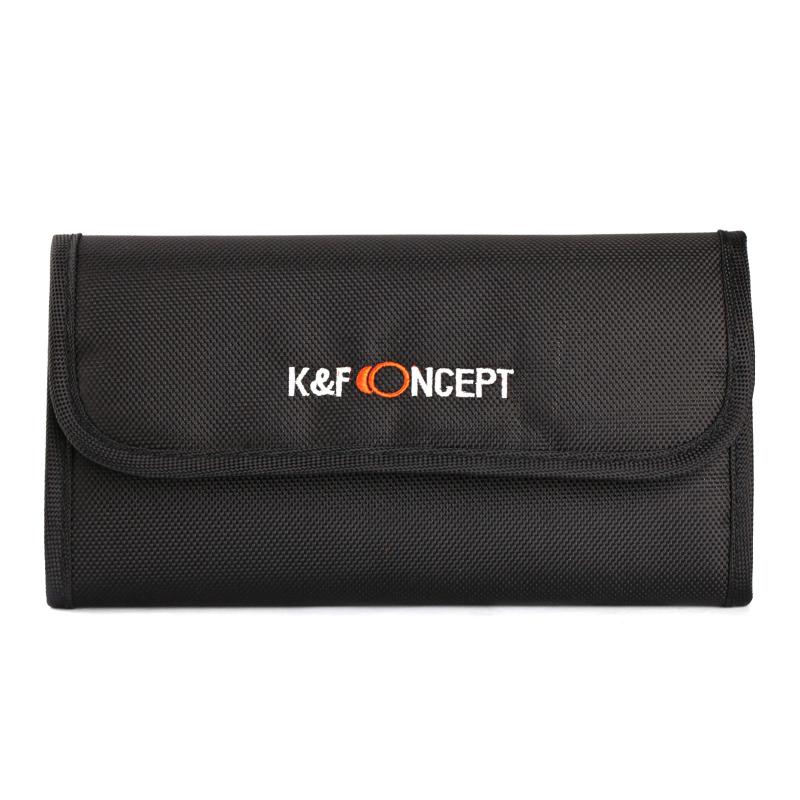
3、 Motion Blur
The use of ND filters in photography is to reduce the amount of light entering the camera lens without affecting the color or quality of the image. This allows photographers to use slower shutter speeds in bright conditions, which can create a range of creative effects, including motion blur.
Motion blur is a technique used to capture the movement of a subject in a still image. By using a slow shutter speed, the camera captures the subject's movement over time, resulting in a blurred effect. This technique is commonly used in sports photography, where it can create a sense of speed and movement, or in landscape photography, where it can create a sense of motion in waterfalls or clouds.
ND filters are particularly useful for creating motion blur in bright conditions, where a fast shutter speed would normally be required to avoid overexposure. By reducing the amount of light entering the lens, ND filters allow photographers to use slower shutter speeds, resulting in a more dramatic and creative image.
In recent years, ND filters have become increasingly popular among photographers and videographers, particularly those working with drones or other aerial platforms. By reducing the amount of light entering the lens, ND filters can help to create smoother, more cinematic footage, even in bright conditions.
Overall, the use of ND filters in photography and videography can help to create a range of creative effects, including motion blur, and can be particularly useful in bright conditions where a slower shutter speed would normally be difficult to achieve.
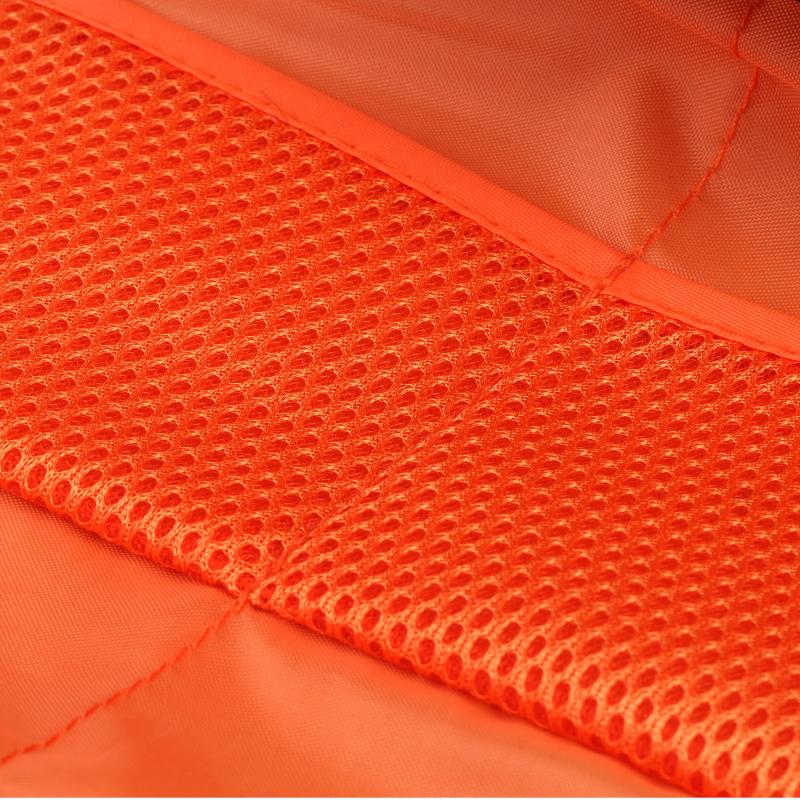
4、 Long Exposure Photography
The use of ND filters in long exposure photography is to reduce the amount of light entering the camera lens without affecting the color or quality of the image. This allows photographers to use slower shutter speeds, which can create stunning effects such as motion blur in waterfalls, clouds, and other moving objects.
ND filters come in different strengths, measured in stops, which determine how much light is blocked. For example, a 3-stop ND filter will reduce the amount of light entering the lens by three stops, allowing for a slower shutter speed.
In recent years, ND filters have become increasingly popular among landscape photographers, as they allow for more creative control over the final image. They can also be used in other types of photography, such as portrait and street photography, to create unique effects.
One of the latest developments in ND filters is the use of variable ND filters, which allow photographers to adjust the strength of the filter by rotating it. This provides even more flexibility and control over the amount of light entering the lens.
Overall, ND filters are an essential tool for long exposure photography, allowing photographers to capture stunning images that would not be possible without them. As technology continues to advance, we can expect to see even more innovative uses for ND filters in the future.



